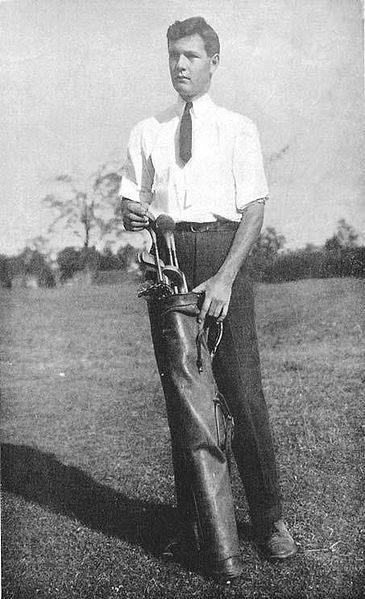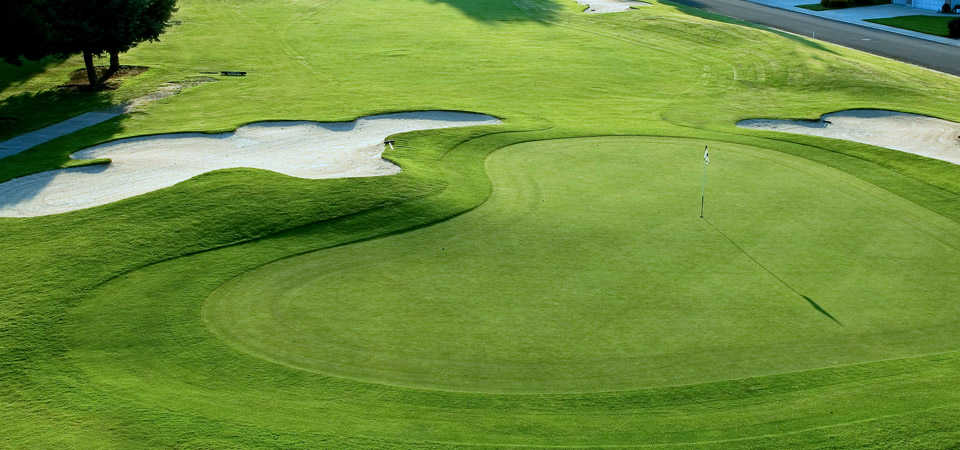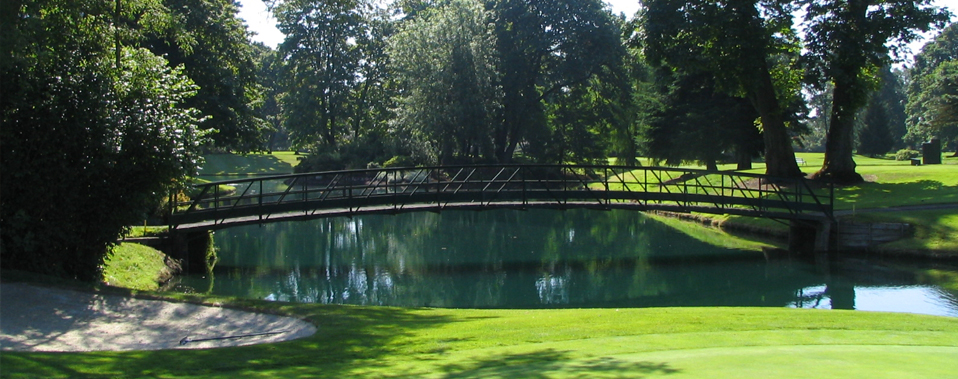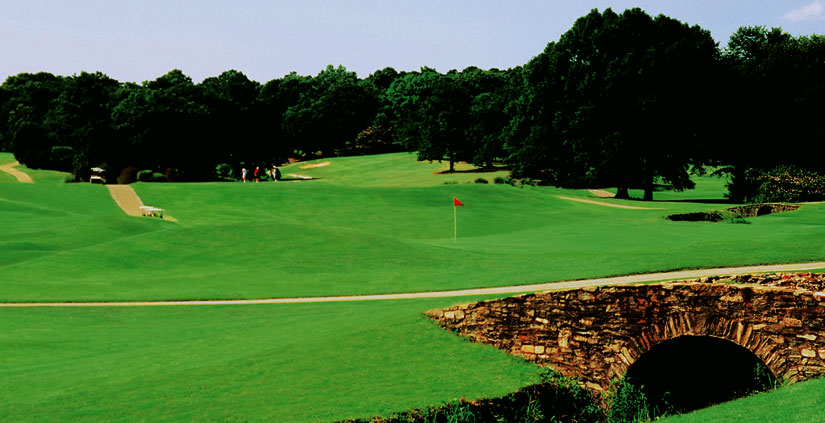
Henry Chandler Egan (August 21, 1884 – April 5, 1936) was an American amateur golfer and golf course architect of the early 20th century. Egan was born in Chicago, Illinois, which at the end of the 19th century was the epicenter of golf in the United States — the first 18-hole golf course in the country, the Chicago Golf Club, in Wheaton, was built there in 1895. Egan played his first game of golf in Lake Geneva, Wisconsin at the age of 12.He attended secondary school at the Rugby School in Kenilworth, and was a star football player on its team.
The school did not have a golf team, so Chandler developed his golf game at his father’s club, Exmoor Country Club. He was accepted to Harvard University, where he soon became the captain of the college golf team. The team won three team NCAA Division I Men’s Golf Championships from 1902 to 1904, and Egan won the individual title in 1902.
Egan won his first non-collegiate tournament in the 1902 Western Amateur, which was played at the Chicago Golf Club. Not only was the tournament played in his home metropolitan area, but the runner-up was his cousin Walter Egan. A year later, the Egan cousins switched places with Walter winning and Chandler coming in second, and Chandler Egan would win the tournament again in 1904, 1905 (with Walter again the runner-up), and 1907.

In 1904, Egan achieved the pinnacle of U.S. amateur golf success by winning the U.S. Amateur, played at Baltusrol Golf Club in New Jersey. He defended his title a year later at his home turf of the Chicago Golf Club.
Egan appeared to be peaking at the right time to also win an individual gold medal at the 1904 Summer Olympics, which featured golf for the last time in 1904. While Egan’s U.S. team (which also included cousin Walter) won team gold, Egan had to settle for individual silver, as he was defeated by Canadian George Lyon, who at 46, was more than twice Egan’s age.Egan later admitted he had been outclassed by the wily Lyon, whose massive drives forced Egan out of his usual game.

Following his runner-up finish in the 1909 U.S. Amateur, Egan abruptly disappeared from competition.He reappeared in the news in May 1911 with his purchase of 115 acres (0.47 km2) of apple and pear orchard in Medford, Oregon.He reemerged on the competitive golf circuit in 1914, with a runner-up finish in the Pacific Northwest Amateur championship to Jack Neville. A year later, Egan and Neville would meet again, and this time, Egan was the winner.He would win the Pacific Northwest Amateur four more times, in 1920, 1923, 1925, and 1932. Egan traveled south to win the California State Amateur in 1926.He played on two U.S. championship Walker Cup teams in 1930 and 1934.

In the 1920s, Egan moved into golf course design, designing such notable Oregon courses as the Eugene Country Club, Eastmoreland Golf Course, Oswego Lake Country Club, Riverside Golf & Country Club, and Tualatin Country Club.In 1929, Egan partnered with legendary golf architect Alister MacKenzie to renovate Pebble Beach Golf Links for the 1929 U.S. Amateur, in which Egan played and reached the semifinals.In 1929 Egan also aided MacKenzie and Hunter during the design and construction of The Union League Golf and Country Club, now known as Green Hills Country Club in Millbrae, California. He designed the Indian Canyon municipal course in Spokane, Washington in 1930, which opened in 1935.

In 1936, Egan had completed plans for West Seattle Golf Course in Seattle, and was working on the half-finished Legion Memorial Golf Course in nearby Everett in late March. He came down with lobar pneumonia, was hospitalized for nearly a week, and died.His funeral was held in Seattle and he was buried in Medford.
Egan was named to the Pacific Northwest Golf Association Hall of Fame in 1985,and the Oregon Sports Hall of Fame in 1990.
Related posts
Golf Architects/Designers: A. W. Tillinghast
on Monday 9, JanuaryAlbert Warren “Tillie” Tillinghast (1874 – May 19, 1942) was a noted American golf...
Pinheiros Altos Golf Course « Blog Justteetimes
on Sunday 26, JanuaryPinheiros Altos Golf Course « Blog Justteetimes.
Golf Architects/Designers: Arnold Palmer
on Monday 24, JanuaryArnold Daniel Palmer (born September 10, 1929) is an American golfer who is generally...
